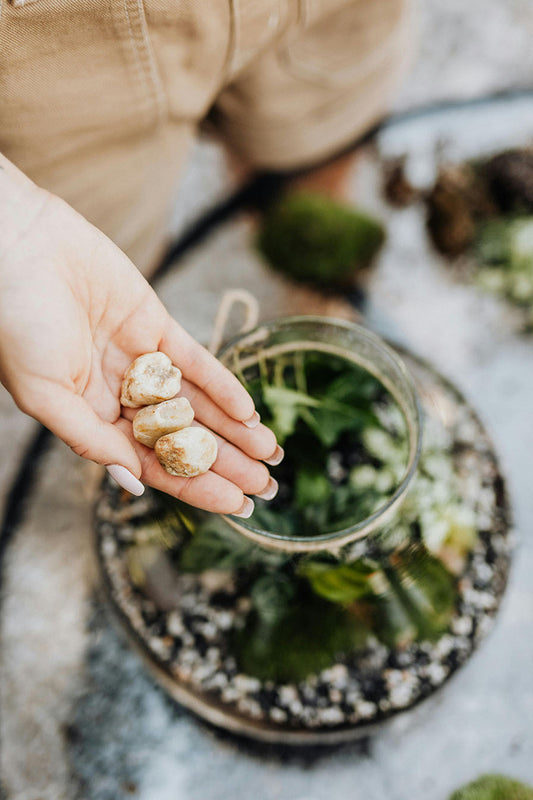Creating a closed terrarium brings a slice of nature into your living space. However, to keep this miniature ecosystem thriving, regular maintenance, particularly pruning, is essential. Understanding when and how to prune your terrarium plants is key to maintaining both their health and aesthetic appeal. This article will delve into the best practices for pruning plants in a closed terrarium, helping you to cultivate a lush and beautiful indoor garden.
Why Prune Your Terrarium Plants?
Pruning is vital in a closed terrarium for several reasons:
- Control Growth: In the confined space of a terrarium, plants can quickly outgrow their boundaries. Pruning helps to control their size and shape.
- Encourage Healthy Growth: Regular pruning encourages plants to grow fuller and bushier, rather than leggy and sparse.
- Prevent Disease: Removing dead or dying foliage reduces the risk of mold and diseases, which can thrive in the humid terrarium environment.
The Best Time to Prune
The timing of pruning can significantly impact the health and growth of your terrarium plants:
- During Active Growth Periods: The best time to prune most terrarium plants is during their active growth period, usually in spring and summer. During these seasons, plants recover and grow back more vigorously.
- Monitor Plant Growth: Observing your plants is key. If you notice a plant beginning to press against the terrarium's sides or lid, it’s time to prune.
- After Repotting: If you’ve recently added or repotted plants in your terrarium, give them a few weeks to establish before pruning.
How to Prune Your Terrarium Plants
Proper technique is crucial for effective pruning:
- Use the Right Tools: Use clean, sharp scissors or pruning shears for clean cuts. This prevents damage to the plants and reduces the risk of disease.
- Focus on Overgrown Areas: Identify areas where the plants are overgrown or touching the glass, and trim these back first.
- Thin Out Dense Areas: If the foliage is very dense, thin it out to allow light and air to reach all parts of the plant.
- Remove Dead or Dying Foliage: Regularly check for and remove any dead or dying leaves to keep the terrarium healthy.
Tips for Maintaining a Healthy Terrarium Post-Pruning
After pruning, it’s important to maintain the health of your terrarium:
- Clean the Terrarium: Remove any fallen leaves or debris from the pruning process.
- Adjust Watering if Necessary: After pruning, plants may require slightly less water. Monitor the soil moisture and adjust accordingly.
- Observe Plant Response: Keep an eye on how your plants respond to pruning and adjust your techniques if necessary.
Conclusion
Pruning is a crucial aspect of maintaining a closed terrarium. By understanding the optimal timing and techniques for pruning, you can ensure that your terrarium remains a vibrant and healthy miniature ecosystem. Regular pruning not only enhances the aesthetic appeal of your terrarium but also promotes the health and well-being of the plants within it. With these guidelines, even beginners can confidently prune their terrarium plants, ensuring their lush beauty is maintained year-round.




